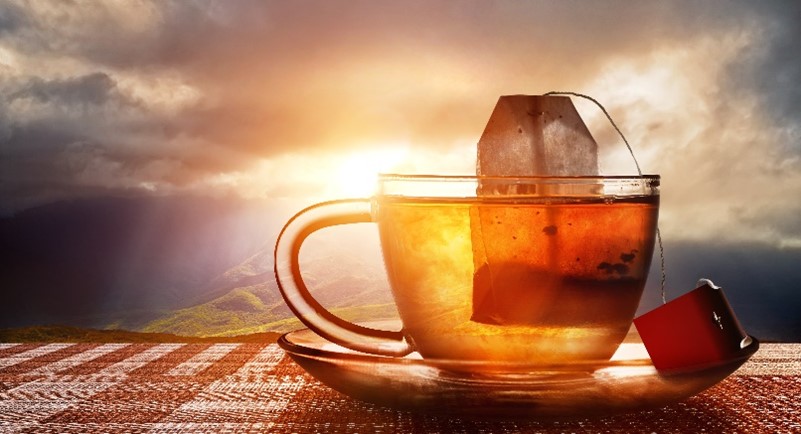 When teaching a mini-class last week on making a Nettles Super Infusion for an outstanding source of bioavailable calcium, I got a great question on whether or not boiling water for a while before making tea “aerated” it. Hmm, I have never been asked that question and thought it worthy of a little research as I had always brought water just below the boiling point, but don’t think I ever asked why.
When teaching a mini-class last week on making a Nettles Super Infusion for an outstanding source of bioavailable calcium, I got a great question on whether or not boiling water for a while before making tea “aerated” it. Hmm, I have never been asked that question and thought it worthy of a little research as I had always brought water just below the boiling point, but don’t think I ever asked why.
Many things can be dissolved in water, including air. When the water is boiled, the dissolved air leaves the water, and the result is a flat taste. After boiling water, one can aerate the water by pouring it back and forth a few times between two containers. This adds air to the water, and it will taste better.
Always start with fresh, cold water ad neither once-boiled nor twice-boiled water contain significant amounts of oxygen. Prolonged boiling will drive out the carbon dioxide, reducing the pleasant sharp taste and making the water and resulting brewed beverage taste flat.
So that said, in herbal medicine, there are two methods of extracting a “water soluble” substance. There is an infusion (the common method for fragile plants like tea or Camelia sinensis) and flower petals (such as Chamomile – other note, only Camelia sinensis are true “teas” – any other infused plant is technically a “tisane”) where the substance is covered by near boiling water and left to steep for a few minutes. The length of steeping time varies by plant.
Some plant material, especially roots, barks, and some mushrooms, require a more aggressive approach to obtain their active constituents, so they are “decocted,” which just means they are simmered for a period of time (typically 20-40 minutes.)
Back to making that “perfect” cuppa traditional black tea. Scientists at Northumbria’s School of Life Science say to:
- Bring your water to just boiling.
- Place your tea bag in a mug and pour the hot water over it.
- Allow it to “steep” for two minutes.
- Remove the bag.
- Add a splash of milk if desired.
- Allow the tea to sit for six minutes before drinking which allows the flavors to flow and for the tea to reach the optimal temperature of 140 degrees.
Enjoy!

